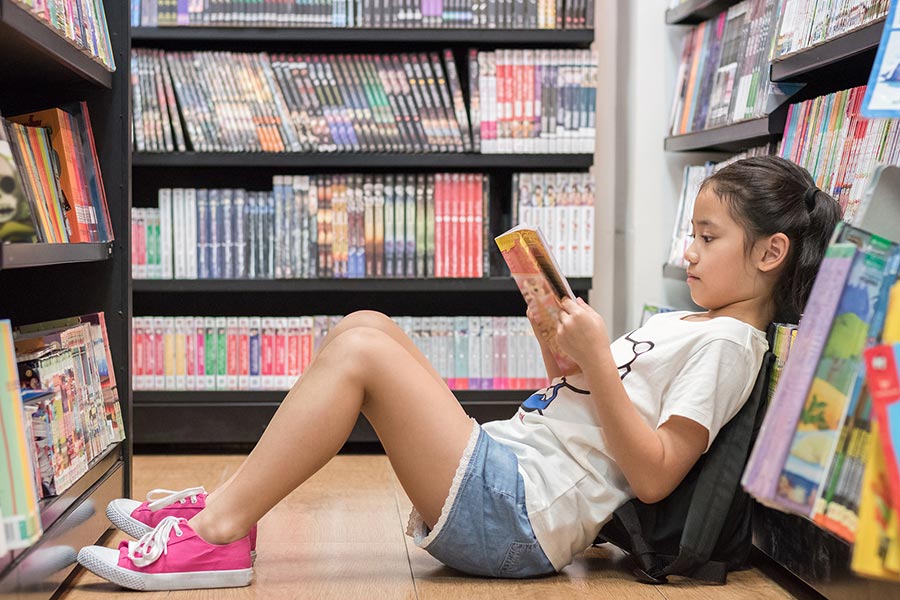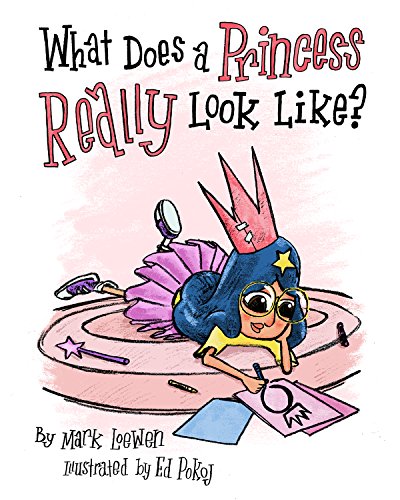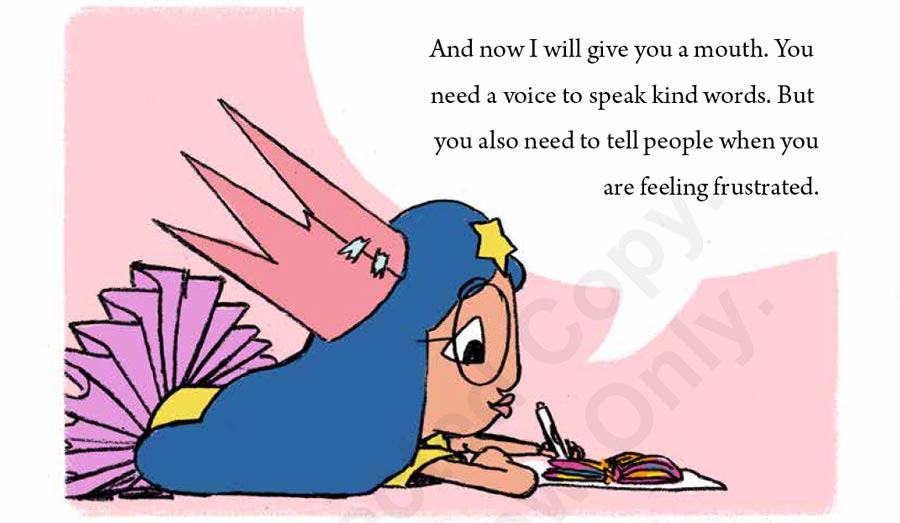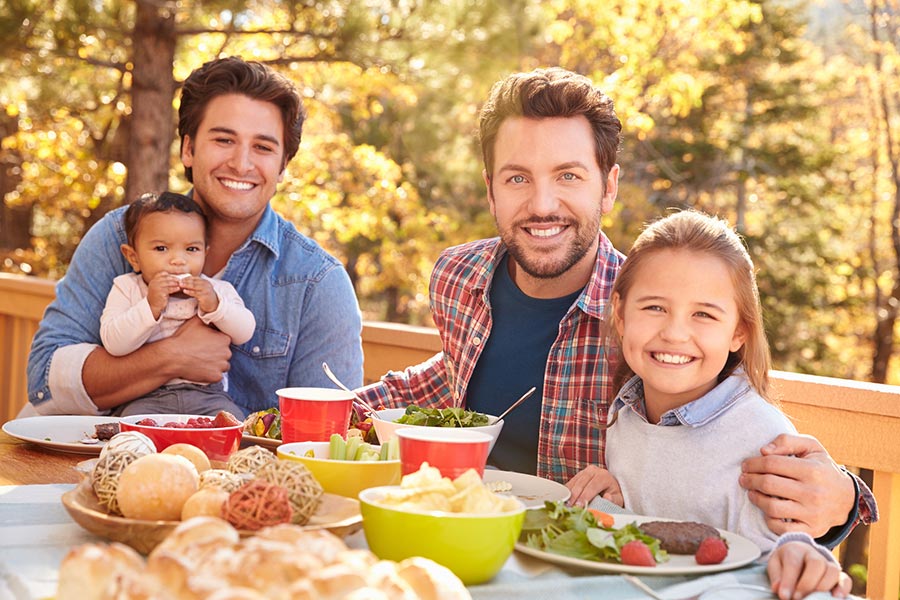My daughter started kindergarten this year. For the first few months, anytime I visited her classroom a child asked, “Where is her mom?” or said things like, “I thought the other one was her dad!”
We are used to these questions. Usually, we just respond with, “She has two dads.” This worked fine with preschool kids (and most times, adults).
But as our daughter gets older, her friends don’t accept this simple answer as readily. “But… she has to have a mom,” said one. Another one asked, “I know she has two dads, but where was she born from?”
One time, I overheard my daughter as she explained to a new friend, “I don’t have a mom. I have two dads. Some families have two dads. You didn’t know that, but now you know. So let’s play.” She sounded frustrated.
“It’s so weird,” she told me another time, “nobody knows people can have two dads.”
I don’t mind the questions. I’m glad kids are asking. I wish someone had told me when I was a kid that two-dad families were a thing. And I consider every LGBT family an agent of change, just for being who they are.
But, I realize that even today, most children don’t know about LGBT families until they meet one.

This is where the power of books comes in. Books are amazing. They expose us to all kinds of people we would never meet in person. Reading books builds empathy and social awareness. Children’s books teach kids that it’s OK to be different, or to feel frustrated, or how to deal with new social situations.
There are quite a few books out there about children with gay parents. So why are non-LGBT families not reading these books to their kids? I think I know the answer.
Most books with LGBT families are topic driven. This means they deal with a specific issue, instead of just telling a story. They are awesome books, don’t get me wrong. But they specifically teach kids about diversity in families.
When I checked at my local library, I learned that books about LGBT families actually have their own shelf! I think the category was called “Non-Traditional Families.” Needless to say, this shelf is separate from all the picture books in the general area.
Many parents are intentional about exposing their children to all kinds of diversity. These parents will look up our “special” shelf. But most parents -and I totally get this- look first for books that will hold their child’s attention.
When I presented my children’s book idea to my publisher, they compared the book to the “Modern Family” of children’s books. “This is the book I want to read to my grandchild so that she can see families with two dads. And it’s not a big deal. It just is.” Those were my publisher’s words.
I think this is what we desperately need in the world of children’s literature. Having two dads doesn’t need to be controversial. We need books that explain LGBT families. But we also just need books where LGBT folks are included for other reasons.
As a two-dad family, we deal with the same issues as any other family. We hate doing our laundry just as much as families with moms and dads. Our kids can be the main characters in any book, not just the ones that describe how their family was formed.

Chloe, the main character in What Does a Princess Really Look Like? has two dads. That makes her different from many of the readers. But, she loves ballerinas and princesses. She is creative, and smart, and quirky. And she becomes upset when she realizes that she is not perfect. That is what they have in common!
When I read the pre-release of the book to a Kindergarten class, one child asked, “Wait, she has two dads?” and another said, “Yes, like me!” The first child then went, “Oh… right!” That was the extend of that discussion. The rest of the book, and the discussion after, was about how princesses can look any way they like.

We need LGBT characters in children’s books about everyday topics. Being LGBT doesn’t need to be a big issue. Kids with two dads have the same everyday problems as kids in traditional families. So why are they not represented in books that deal with these issues?
When I wrote What Does a Princess Really Look Like? The girl-empowerment topic came easy, because we think of it constantly as we raise our daughter – just like so many parents of girls. The main character was inspired by my daughter, who happens to have two dads.
I hope this book makes it into homes of lots of different families. I hope lots of boys and girls have an “Oh… right!” moment after they give that page with Chloe and her two dads a double take.
And, I really hope that what makes this book “groundbreaking,” would also not be that big of a deal in the future. The children’s books’ world still has a big diversity issue. I hope this one title will be one brick in building the a desperately needed bridge.
What are your favorite books about non-traditional families? If you know of any, please share them with me!



 Mark Loewen
Mark Loewen 